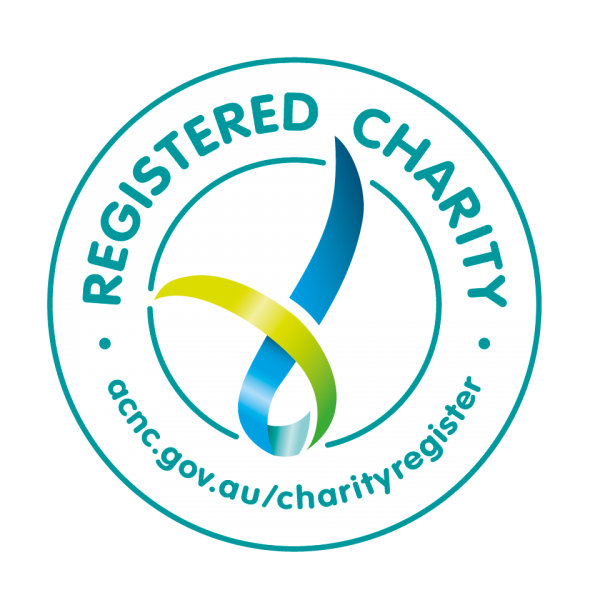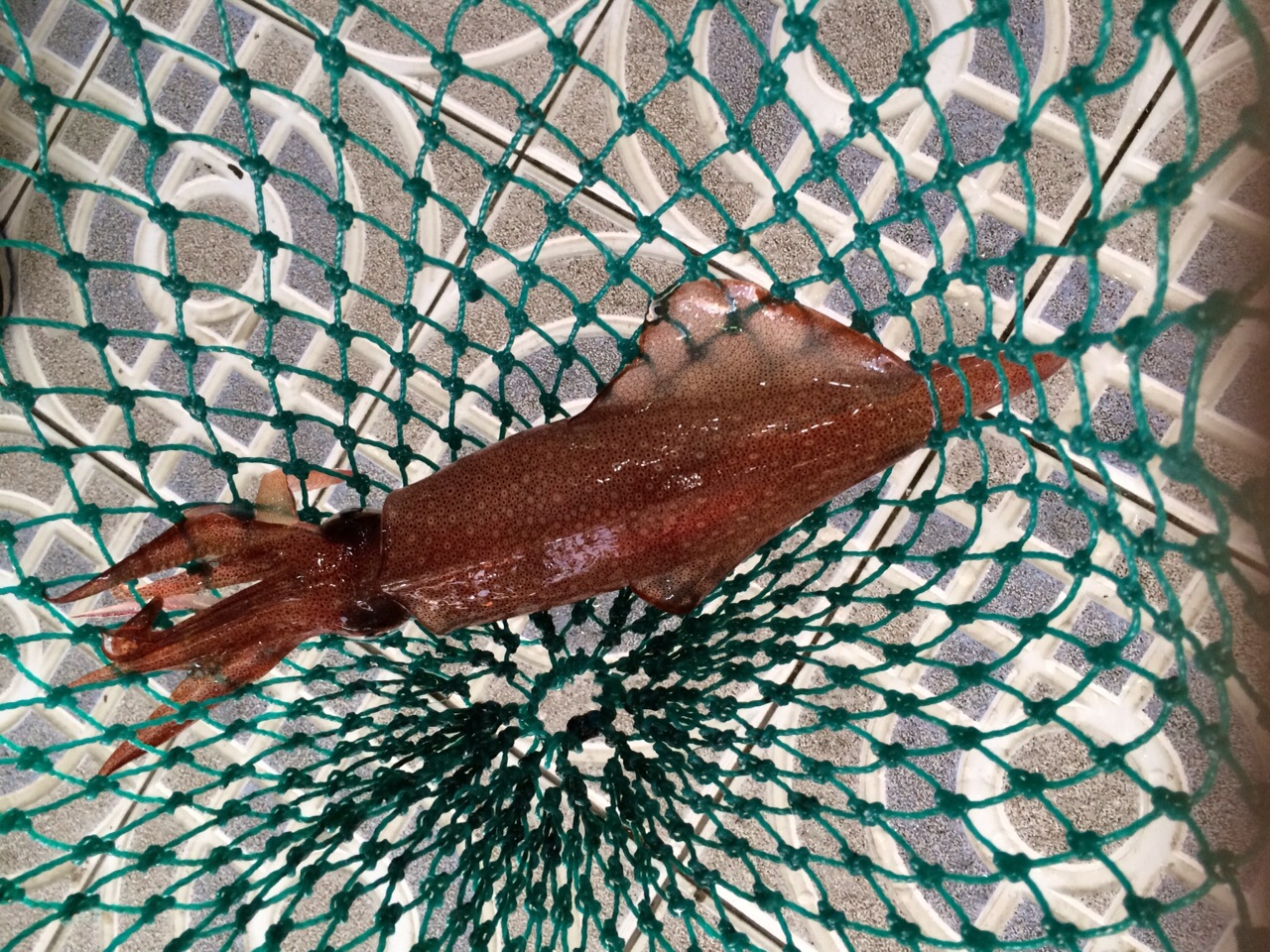South Australia is facing the largest harmful algal bloom (HAB) crisis in its history, with major repercussions for marine life, local fisheries, and seafood lovers. For consumers, staying informed and making safe, sustainable choices is crucial. Here’s what you need to know—and what you can do.
What’s Happening?
Since March 2025, South Australia's coastline has been gripped by a massive harmful algal bloom caused by the algae Karenia mikimotoi. The event has expanded from the Fleurieu Peninsula to the Gulf St Vincent, Port River, Kangaroo Island, southern Yorke Peninsula, and the Coorong. This bloom is unprecedented both in its scale—affecting over 4,500 square kilometres and more than 400 marine species—and duration, with government and scientific authorities declaring the marine environment in crisis.
The triggers include:
- Flooding of the River Murray (2022-23), bringing excess nutrients to the coast.
- Cold-water upwellings and a record marine heatwave from late 2024, both tied to climate change and higher ocean temperatures.
- Increased nutrient runoff, a global driver of more frequent and intense algal blooms.
What Restrictions Are in Effect?
To give devastated fish stocks a chance to recover, the South Australian government has introduced sweeping temporary fishing bans and reductions:
- Gulf St Vincent/Kangaroo Island: All commercial fishing is suspended. Recreational bag and boat limits halved for all species.
- Spencer Gulf: Bag and boat limits for calamari, garfish, blue swimmer crab, and King George whiting halved for both recreational and charter fishers.
- Abalone: Strict bans on take and movement of equipment in the southern zone due to viral ganglioneuritis and the bloom’s impacts.
- Extended Snapper Ban: Previous snapper restrictions are extended to June 30, 2027.
- Unrestricted Fishing: The southern region and west coast outside bloom-affected areas remain open under normal rules.
These measures will remain until at least June 30, 2026, subject to ongoing scientific review.
Is Seafood Still Safe to Eat?
YES, if you follow official guidance.
- Wild-caught, dead fish or shellfish found on beaches should NOT be collected or eaten. These can harbor dangerous toxins or spoil quickly.
- Commercially available seafood from South Australian vendors is safe. The seafood industry, with strict testing of shellfish and fish, ensures products meet Australian food safety standards before reaching your plate.
- Recreational fishers: You may still catch and enjoy fish, crab, or squid in unaffected regions, but clean and gut your catch thoroughly before cooking. Always check for local alerts and restrictions.
For the latest updates, visit SA Health or PIRSA’s dedicated algal bloom pages, and never hesitate to ask retailers about seafood origins.
What Does This Mean for Consumers and the Community?
- This is a natural phenomenon but made worse by climate change and pollution. While there’s no immediate threat to those avoiding unsafe collection and swimming, there are major effects on commercial and recreational fishing, the seafood supply chain, tourism, and coastal communities.
- Expect some species to be limited or higher priced due to restricted supply and industry hardship. Support for local fishers and affected communities is both needed and welcomed during this time.
- The government has announced business support packages, research and monitoring funds, and community resources to help industries recover and prevent future crises.
What Can You Do as a Consumer?
- Follow public advisories: Only eat seafood sourced from reputable shops/restaurants and avoid all dead or washed-up marine animals.
- Be seafood-smart: Ask sellers about the origin of products and choose local, legally harvested seafood.
- Stay up to date: Check SA Health, PIRSA, and SCA (Seafood Consumers Association) updates for safe seafood and fishing guidance.
- Support affected communities: Continuing to buy South Australian seafood from trusted outlets helps local businesses and jobs survive this unprecedented challenge.
- Respect the environment: Don’t fish or collect seafood in closed areas. Following restrictions protects fragile fish stocks and helps them recover faster.
- Advocate for long-term solutions: Voice support for sustainable fishing practices, pollution controls, habitat restoration and climate action to help prevent future blooms.
The Outlook
Harmful algal blooms will fade in time—usually as winds, seasons, and ocean upwellings shift. But the lasting recovery of South Australia’s iconic marine life and seafood industries depends on science-based management, informed consumers, and community support.
By following public health advice, staying informed, and being responsible consumers, you’re helping ensure there’s still great South Australian seafood for generations to come—after the bloom, and beyond.
For trusted updates, visit PIRSA, SA Health, and SCA’s consumer guides.
Sources: [ABC News], [PIRSA], [SA Government], [SCA Guide]



